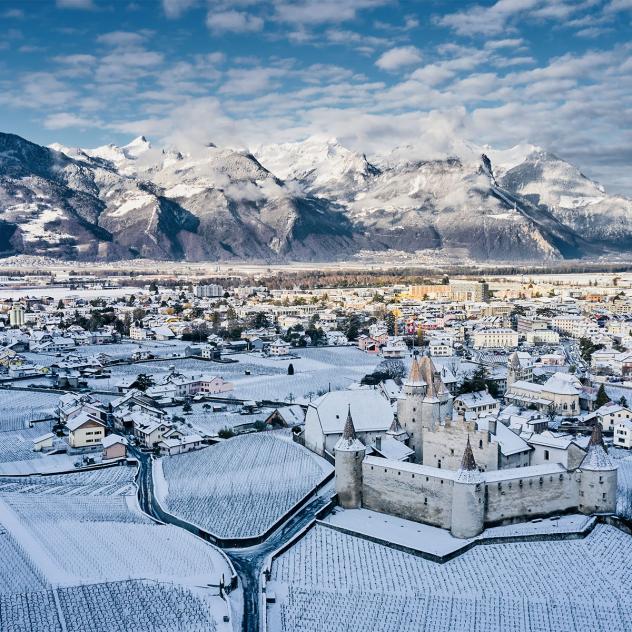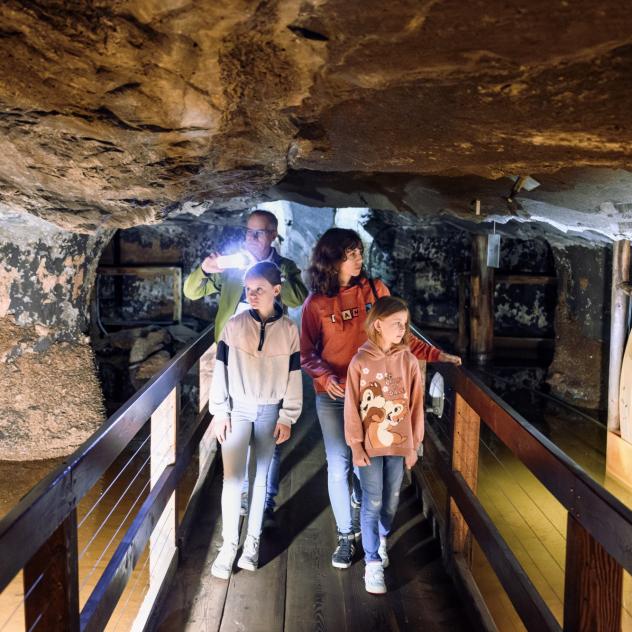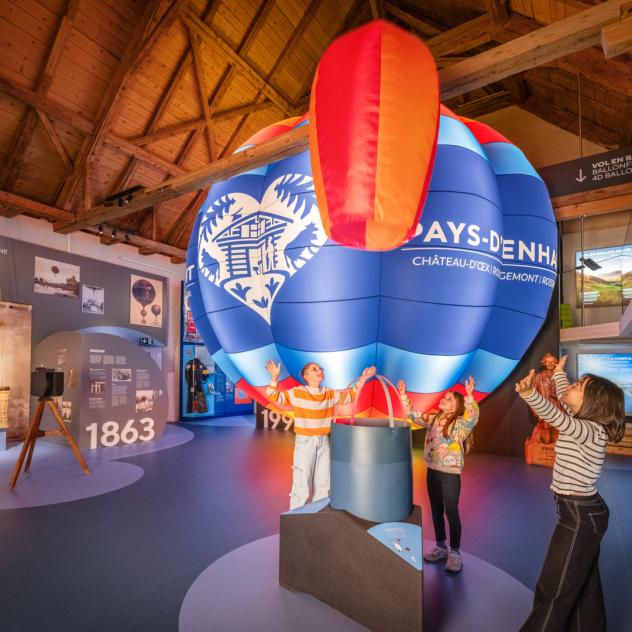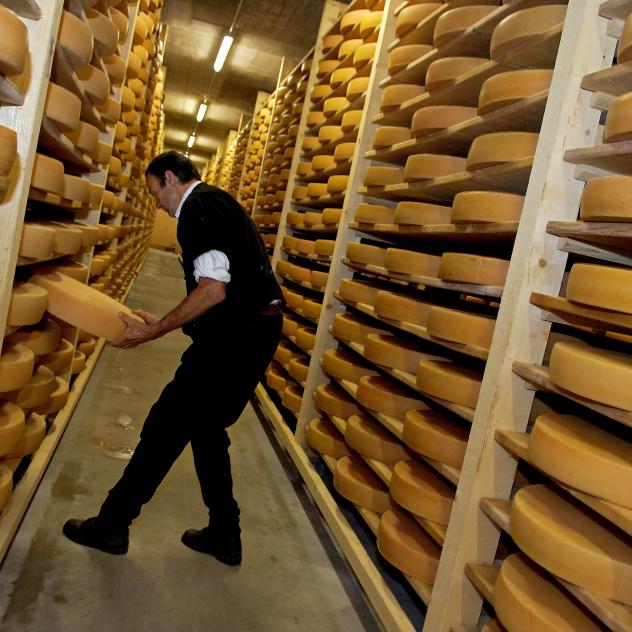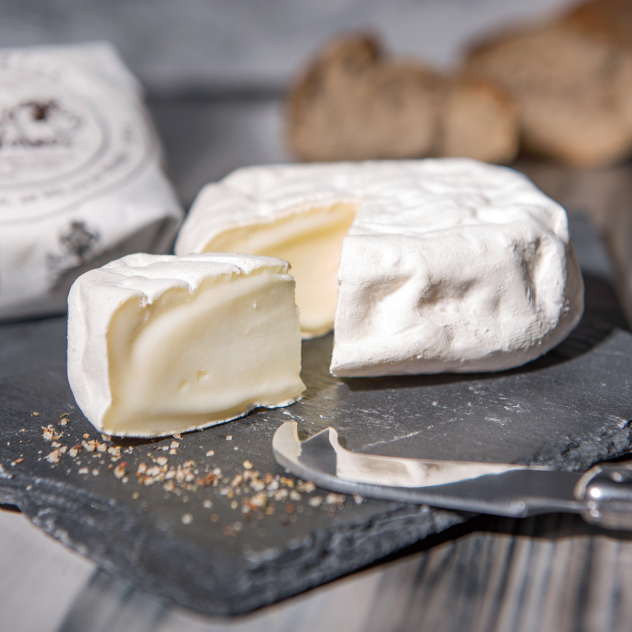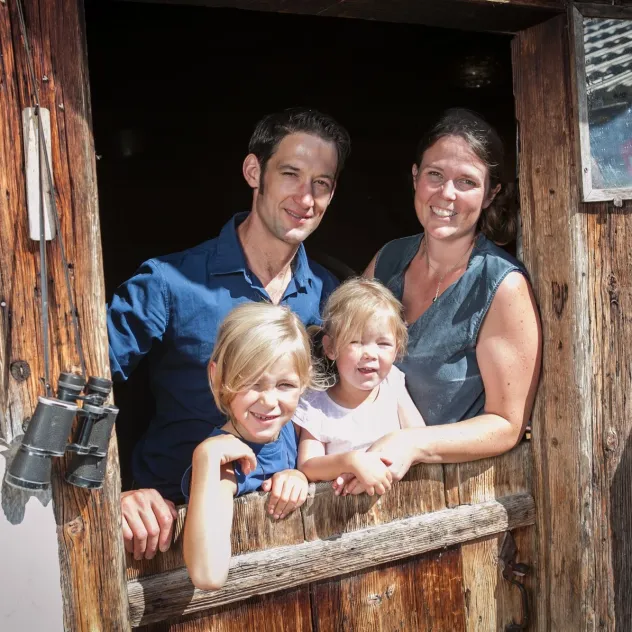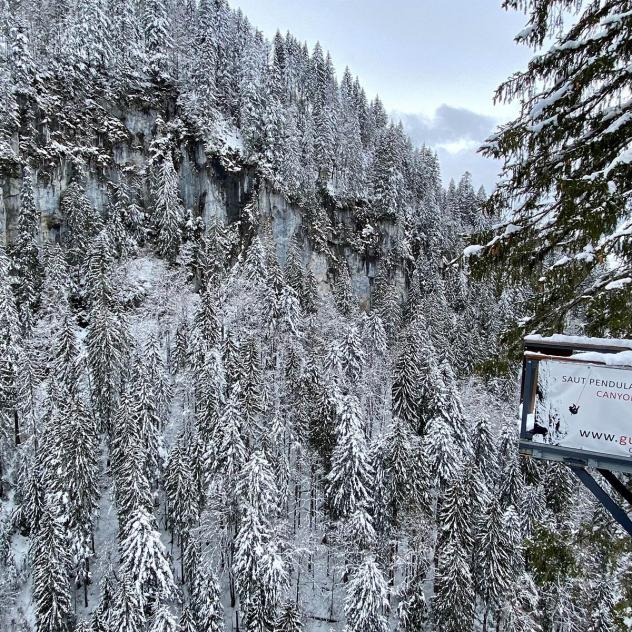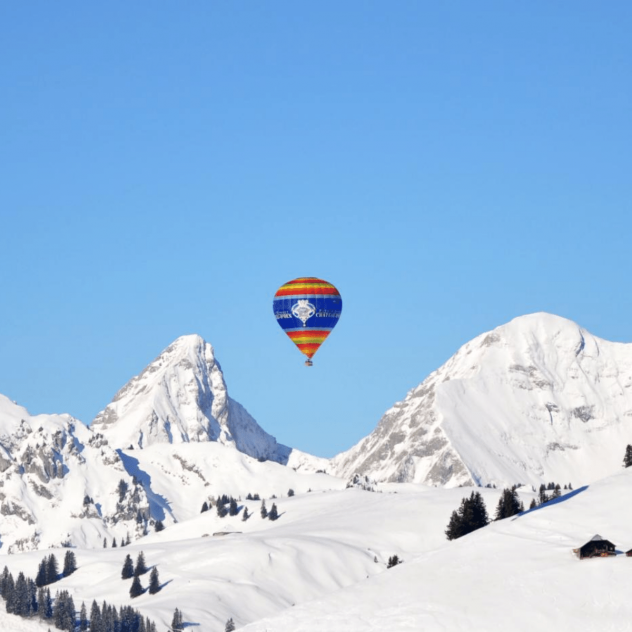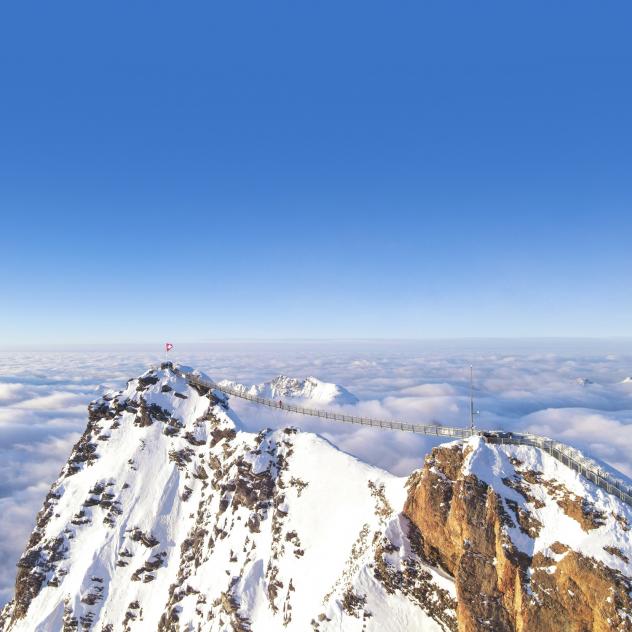
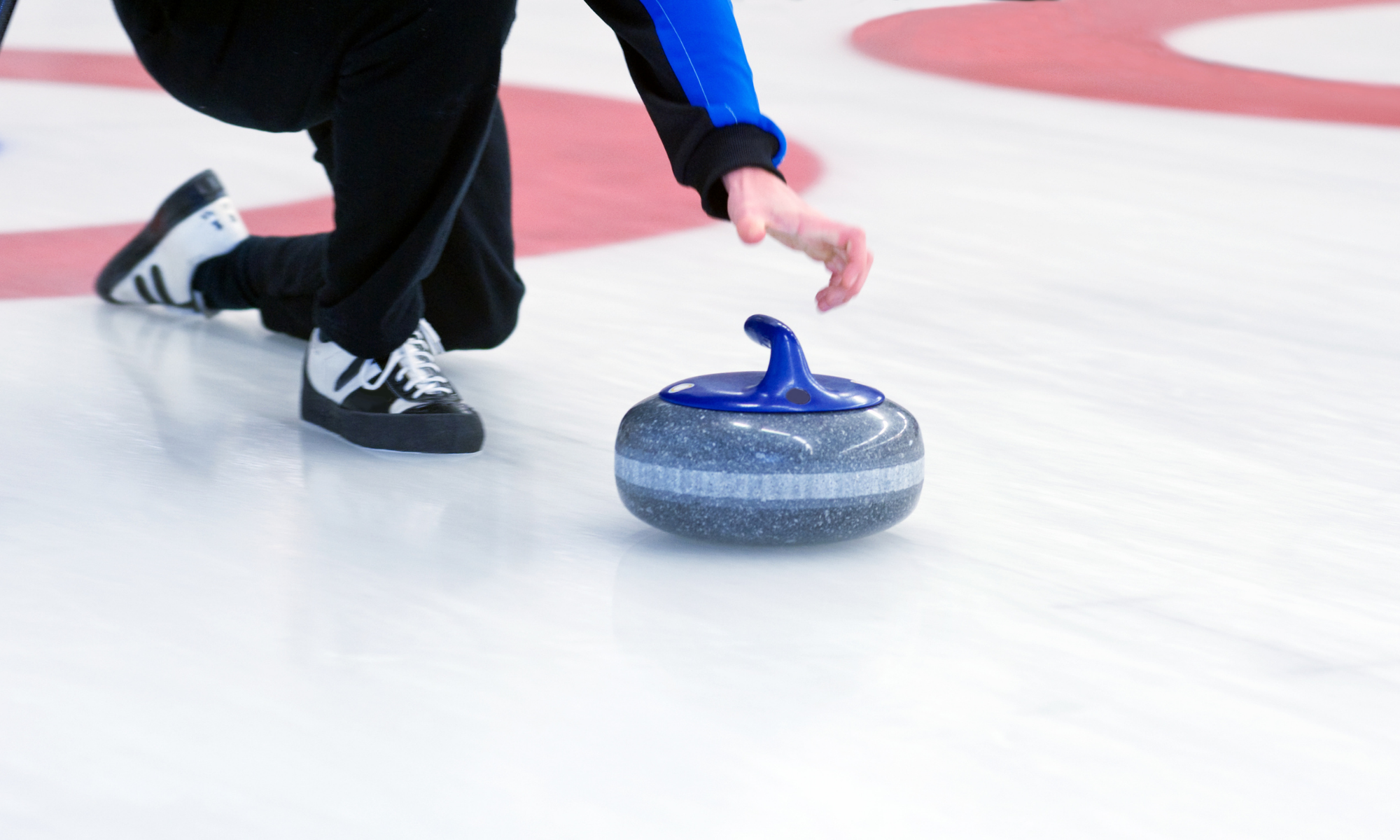
arrow_backBack
Curling at the Château-d'Œx skating rink
Timetable
Open today
Contact information
place
Parc des Sports
Route du Périsset 9
1660 Château-d'Œx
call+41 26 924 03 81
redeemPass d'Enhaut
Overview
At the Château-d'Œx skating rink, you can try your hand at a fun winter sport: curling
Curling is a precision sport played on ice with polished granite stones. The aim of the game is to place the stones as close as possible to the centre of a circular target drawn on the ice and called a "house".
The curling season in the Pays-d'Enhaut starts in mid-October and lasts until early March, depending on the weather. During this period, you can learn this sport and improve your accuracy. This training is open to everyone and promises unforgettable moments.
Schedules
| Mon | Tue | Wed | Thu | Fri | Sat | Sun |
|---|---|---|---|---|---|---|
27 | 28 | 29 | 30 | 31 | 1 | 2 |
3 | 4 | 5 | 6 | 7 | 8 | 9 |
10 | 11 | 12 | 13 | 14 | 15 | 16 |
17 | 18 | 19 | 20 | 21 | 22 | 23 |
24 | 25 | 26 | 27 | 28 | 29 | 30 |
Weekly timetable
From 27 October to 2 November 2025
Monday
Closed
Tuesday
Closed
Wednesday
Closed
Thursday
Closed
Friday
Closed
Saturday
Open today
Sunday
Open today
Location
Infiniment plus Adventure

Peak Walk by Tissot - Glacier 3000
Enjoy a unique experience at Glacier 3000; cross the Peak Walk by Tissot, the only suspension bridge in the world that links two peaks.
Coming to Pays-d'Enhaut
Brochures and maps
- location_on
Pays-d'Enhaut Région Économie et Tourisme
Chemin des Ballons 2
1660 Château-d'Œx
- phone_in_talk
+41 26 924 25 25
- mail
info@pays-denhaut.ch
Facebook
Instagram

